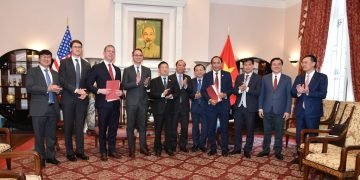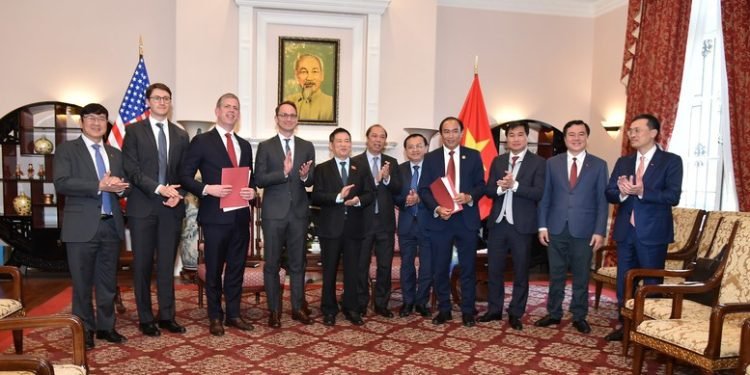WASHINGTON – July 4, 2025
A new trade agreement between the United States and Vietnam is forcing companies to reassess how and where they move goods. Signed late Thursday, the deal introduces a 20% tariff on Vietnamese exports to the U.S., and a 40% surcharge on goods that are rerouted through Vietnam from third countries.
“This changes the rules for everyone moving cargo through the region,” said Daniel Fraser, a logistics advisor based in Seattle.
The agreement is part of Washington’s broader effort to limit indirect imports from restricted markets. Vietnam, which has benefited from increased U.S. trade in recent years, is now at the center of a policy shift that could redirect freight flows throughout Southeast Asia.
Quick Adjustments Underway
Logistics operators are responding fast. Some are advising clients to pause shipments while they evaluate the cost implications. Others are redirecting containers through alternative gateways in the region, such as Malaysia or India.
For Vietnamese exporters in sectors like electronics, garments, and auto parts, the change is already being felt. Orders are under review, and pricing terms are being renegotiated.
“Our customers want clarity, and we’re working overtime to give it to them,” said Thuy Tran, head of operations at a Hanoi-based export firm.
U.S. Shippers Consider Alternatives
American importers are also feeling the pressure. With tariffs set to apply within days, many are exploring new sourcing options. Freight forwarders report rising interest in suppliers located outside Vietnam, particularly in South Asia and Latin America.
The deal does include benefits for U.S. exporters, who will now enjoy duty-free access to Vietnamese markets. But for logistics planners, the urgent question is how to keep cargo moving smoothly while adapting to the new rules.
“We’re used to shifting gears — but this one came fast,” noted Kyle Duncan, who manages Pacific shipping routes for a U.S. electronics wholesaler.
A Regional Turning Point
Analysts expect container volumes between Vietnam and the U.S. to fall if the new tariff structure remains in place. Port activity in hubs like Singapore and Port Klang may rise as shippers look for alternative transshipment points.
“This isn’t a disruption — it’s a realignment,” Fraser added. “And in logistics, that means new lanes, new risks, and new strategies.”























